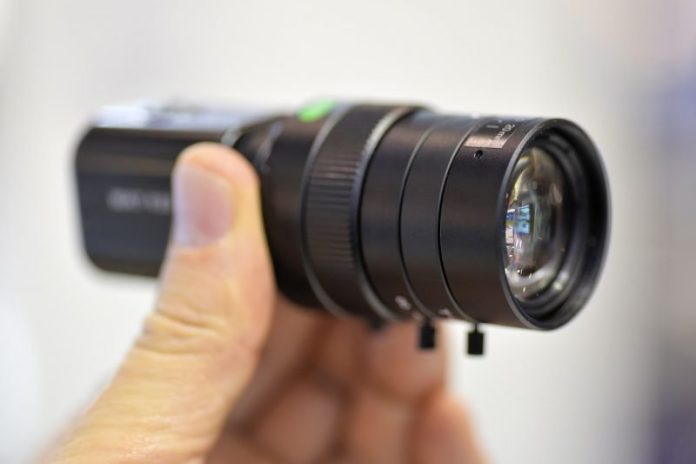What performance characteristics would you look for in a CCTV camera if money was no object?
A: I THINK we’ve had this one before but it’s worth re-visiting. I’m going to mention features as well as characteristics. Let’s assume this camera is for a typical public CCTV application and is installed outside.
For a start I’d try to clear my mind of form factor and brand and imagine the image I wanted – the angle of view, including width and height – the depth of field, and the nature of the key moving objects in the scene I wanted to identify. You can handle this process in software but most techs will undertake this intuitively, even if they don’t realise they are doing it.
I’d want a larger than normal sensor size with 1080p resolution unless the application was best served by 1-inch 4K. I’d chase resolution with focal length. I’d want compression to be highly evolved and bitrate to be workable without loss of data – the topology of the network would instruct choices here. I’d look for very high ISO. Low motion blur day and night. I’d want demonstrations to ensure walking faces held together in low light conditions where most crimes happen – I wouldn’t buy a camera unable to deliver this performance. If no camera could handle the conditions, I’d want artificial light.
I’d want incidental plates, within reason. Low levels of blooming. Strong colour rendition in default modes but not too saturated. A lens that showed zero CAs, and few ghosts and internal reflections. I’d want weather and vandal ratings and a shield against sun and rain. If installed near the coast, passive or active self cleaning mechanisms would be a serious bonus.
Something else I’d want would be strong operational WDR performance but won’t put a number on this because some wonderful cameras deliver excellent WDR management from mundane sounding numbers. Night mode would be clean and quick, and if the camera had integrated IR, I’d prefer an array with a balanced spread and depth of field to an array with reflection-inducing power. If the camera was covering larger distances of 100 metres or more, or looking over adjacent waterways, I’d want thermal. If the camera needed to provide a guarantee of intrusion detection within 100 metres, I’d want thermal.
I’d want an image stream devoid of pulsing and stray rebuild artefacts. I’d want low noise until sub 10 lux and then I’d trade noise against low levels of motion blur. I’d want a sharp image stream with plenty of contrast around tonal edges even when conditions got tough in the presence of low or variable lighting. Cyber security tools would be strong and constantly improving. Whether I chose a solid IVA capability on-camera would depend on my choice of management solution.
The camera would have a highly developed relationship with my site’s VMS and my team would have a strong relationship with supplier, integrator and consultant. In all cases, I’d want these organisations and/or individuals to have a long history of service and to be represented by a stable team of serious personal integrity. You’ve said to ignore price, but I’ll touch on it anyway. Although I would place cost behind core operational requirements, I’d want cost to be competitive.
Many of the characteristics highlighted here tend to be subjective in the absence of a deep comparison testing process. You can also undertake camera performance testing using software in a controlled environment. I would argue that there are applications for which this sort of professional testing would represent a cost saving when balanced against operational surety.
#securityelectronicsandnetworks.com












